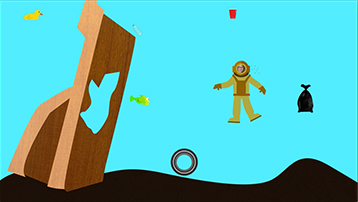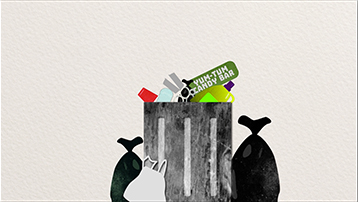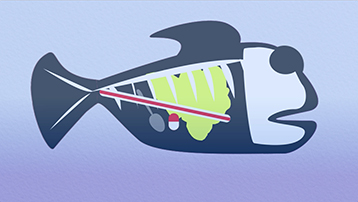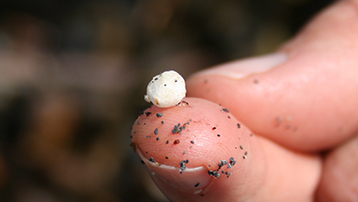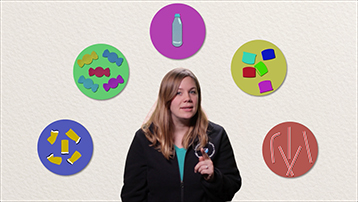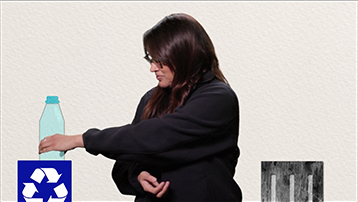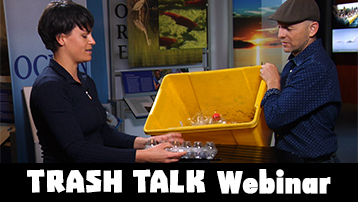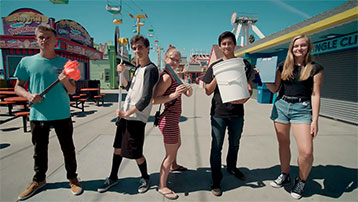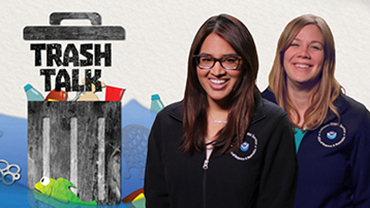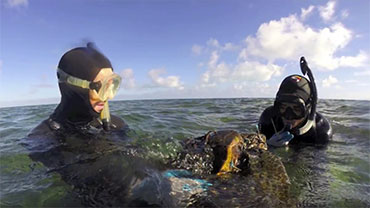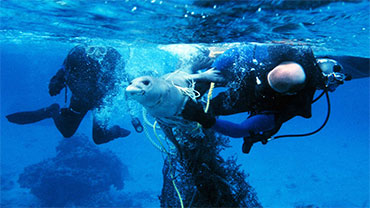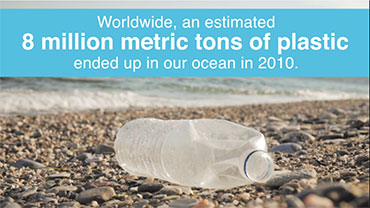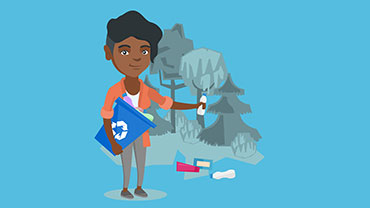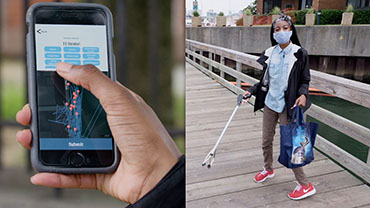Transcript
Teacher: “Falcons” on three! One, two, three... Falcons! All right, let’s go!
These students from Scotts Valley High School near Santa Cruz California are fired up. Over the next few hours they will be scouring the beach, searching not for treasure, but for trash.
Student 1: We got a spoon!
Student 2: A cigarette butt.
Student 3: Oop… bottle cap.
They are painstakingly identifying each item and keeping count.
Their class will track trash over time. It's all part of a program that helps scientists drive new plans to reduce marine debris, through understanding what ocean trash ends up where.
Did you know that eight million metric tons of plastic ALONE enters our ocean every year? That’s equivalent to over 2.5 million elephants or more than 27,000 747 jets; and yes, you heard it right - that’s every year!
Marine debris, or trash in our ocean and Great Lakes, can cause a lot of problems for the health of animals and people.
Luckily, there are many people out there that are doing something about it. They’re spreading the word and cleaning up the trash,
BUT If we want to figure out the best way to solve this problem, we need to learn more about it. We can do that through monitoring.
Student 1: Is that larger than 2.5 centimeters?
Student 2: It is… not, so we do not have to categorize it. We just keep on walking.
Ooh! Straw! Delicious.
Marine debris monitoring means that we’re keeping an eye on debris in a certain location and tracking changes over time.
Student 1: Um, we have found a lot of plastic fragments… a lot of food wrappers. Plastic bottles… just kind of food-related trash.
By recording the amount and types of marine debris, we can learn valuable information, like what kind of trash is the biggest problem, what locations have the most debris, and during what time of year more debris can be found.
People all over the country, and the world, are working together to monitor the marine debris they find on their shores.
Student 1: Obviously, this isn’t the only beach that has accumulated plastic, and by taking the census of all the trash around here, basically could give anyone even a rough estimate of how much there is on just any beach, in general.
This big picture can give us ideas for solutions and tell us if the prevention programs we already have are working.
Now, students like you can make a real difference using resources like the Marine Debris Tracker app or the Marine Debris Monitoring Toolkit for Educators. With these powerful tools students can now collect local data, and share that information with their community and neighbors so they can come up with solutions to reduce trash on their shores.
 An official website of the United States government.
Here's how you know we're official.
An official website of the United States government.
Here's how you know we're official.


